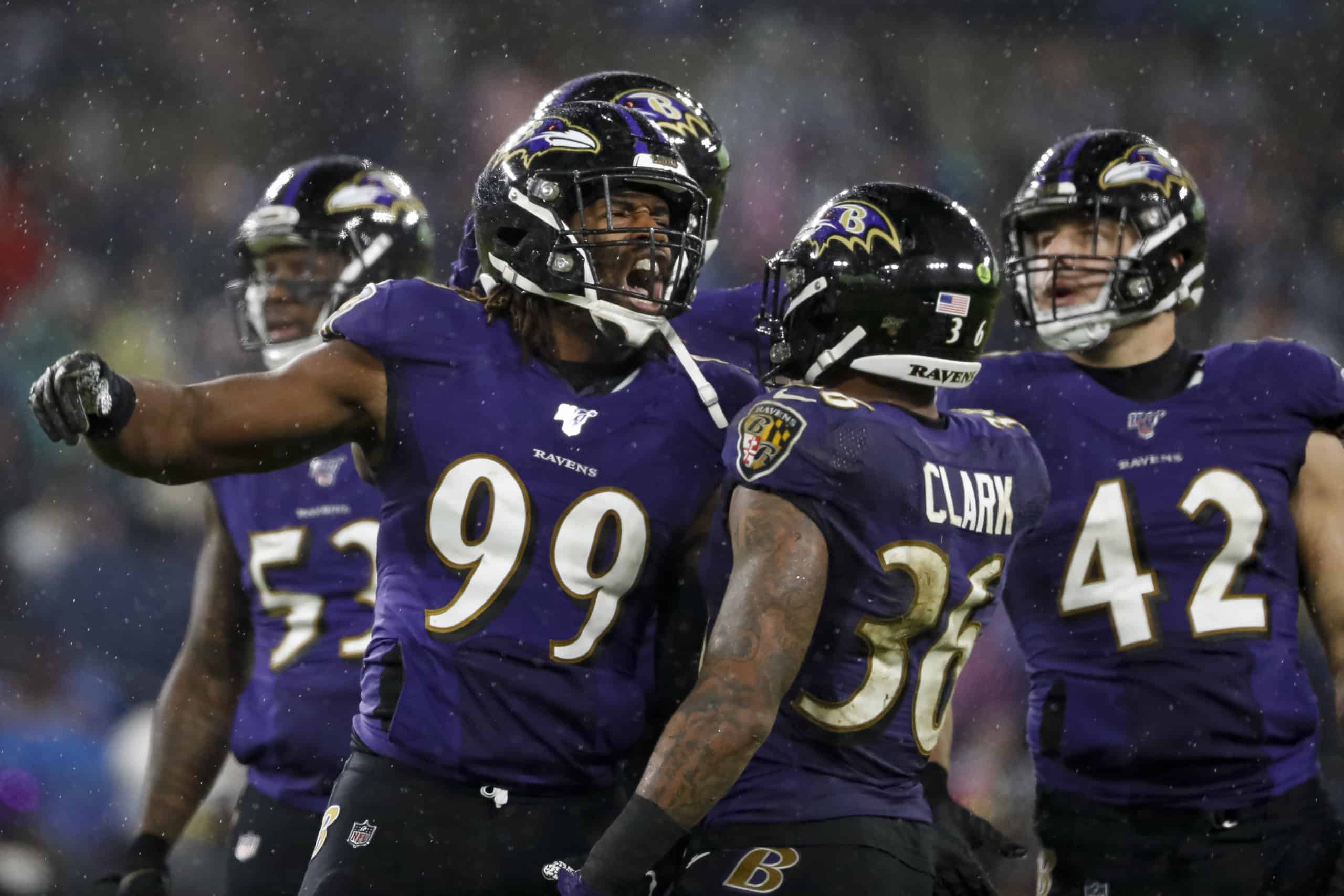After 17 thrilling weeks, the 2019 regular season has ended and the NFL is getting ready to kick off the playoffs. But before we get to the league's “second season,” Sports Info Solutions would like to first take a look back and see how the NFL has performed in some basic analytic principles.
The NFL has been a much slower adopter of analytics than MLB or the NBA. This is due to a number of different reasons, chief among them the difficulty of analyzing a sport that is so dynamic while also dealing in smaller sample sizes.
That said, the past few seasons have provided hope that the analytics revolution was making headway. Core football analytics principles such as passing more often, using more motion and play-action, avoiding running into stacked boxes, and more were mostly seeing positive trends. Now that 2019 has concluded, we can see if the NFL continued to embrace these principles.
* To avoid game state bias, all stats exclude plays within the last two minutes of either half.
Use More Motion
The use of pre-snap motion has shown to be a positive in both the passing and running games. Some of the top playoff teams this season have truly embraced the use of motion, as the 49ers, Ravens, Patriots, Titans, and Chiefs represent the top five teams in overall motion usage. On top of that, the NFL as a whole has shown a slow but steady improvement in this area, increasing the usage of motion from 33% of plays in 2017 to 39% in 2018 and 43% in 2019.
Use More Play-Action
The analytics community has been pounding the table loudly for more play-action passing, as it has proven to be more effective than straight drop backs and useful regardless of how effective a team runs the ball. Teams that relied heavily on play-action to help their passing game include the Rams, Ravens, and 49ers, who all have innovative coaching staffs and efficient offenses. Rounding out the top five in most play-action usage were the Vikings and Titans, who both had quarterbacks achieve career years.
However, as a whole, NFL teams don’t seem to be embracing the play-action pass as much as they should. The percent of dropbacks that included play-action was 26.6% in 2019, which is actually a slight decrease from 27.2% in 2018.
Avoid Running Into Stacked Boxes
Running into stacked boxes (8 or more defenders near the line of scrimmage) would seem to be intuitively a bad idea. But nevertheless, NFL teams ran into a stacked box on 30% of their designed runs in 2017. The league seemed to wisen up in 2018 as only 21% of designed runs were into a stacked box. But similar to the play-action passing game, this positive trend took a turn for the worse in 2019. The percent of designed runs into a stacked box went back up to 29%.
Run From Spread
An analytics principle that relates heavily to running into a stacked box is the idea that teams should spread the field in running situations. This is based on the idea that when an offense spreads the field, defenses lighten the box, making it easier to run the ball. As with avoiding running into a stacked box, here we see a negative trend in the NFL.
In 2018, teams used spread personnel — defined here as at least three wide receivers on the field — on 52% of their designed runs, making it the first year with a majority in our data set. In 2019, teams used spread personnel on only 46% of their designed runs.
What’s worse is that we also saw a negative trend in short-yardage situations. On third or fourth down and three or fewer yards to go, spread personnel usage on designed runs went down by seven percentage points in 2019.
Blitz More Often
Last offseason, SIS found NFL teams should be more aggressive on defense by bringing extra rushers more often. Blitzes, especially the Zero Blitz, have shown to be very successful at getting pressure on opposing quarterbacks and aren’t as dangerous for the defense as you might think. The Ravens have taken blitzing to the extreme this season, as they bring an extra rusher on 45% of the opposing offense’s dropbacks. This is the highest rate in the SIS data set, which goes back to 2016.
This strategy has paid off for the top-seeded Ravens in what was supposed to be a rebuilding year for their defense. Unfortunately, the NFL as a whole isn’t embracing the blitz like the Ravens. 2019 saw a small jump in blitzes to 27.2%, from 25.5% in 2018. But this is probably due more to noise than anything, as the blitz rate is slightly lower than 2017’s 27.7%.
Final Word
The NFL has always been a slower adopter of analytics than other leagues. This is just the nature of the sport and the people making decisions. What seemed like a positive trend for analytics in 2018 seems to have mostly gone the other way in 2019. Teams are using more pre-snap motion, though trends in most other analytics principles declined.
This isn’t to say that these principles are foolproof and teams should start using them 100% of the time, but it also isn’t surprising to see the Ravens—the team with the best record, MVP favorite, and odds on favorite to win the Super Bowl—mentioned as leaders in most of these categories. Hopefully, in this new decade teams will embrace the numbers and show improvement in these core analytics principles and more.
















